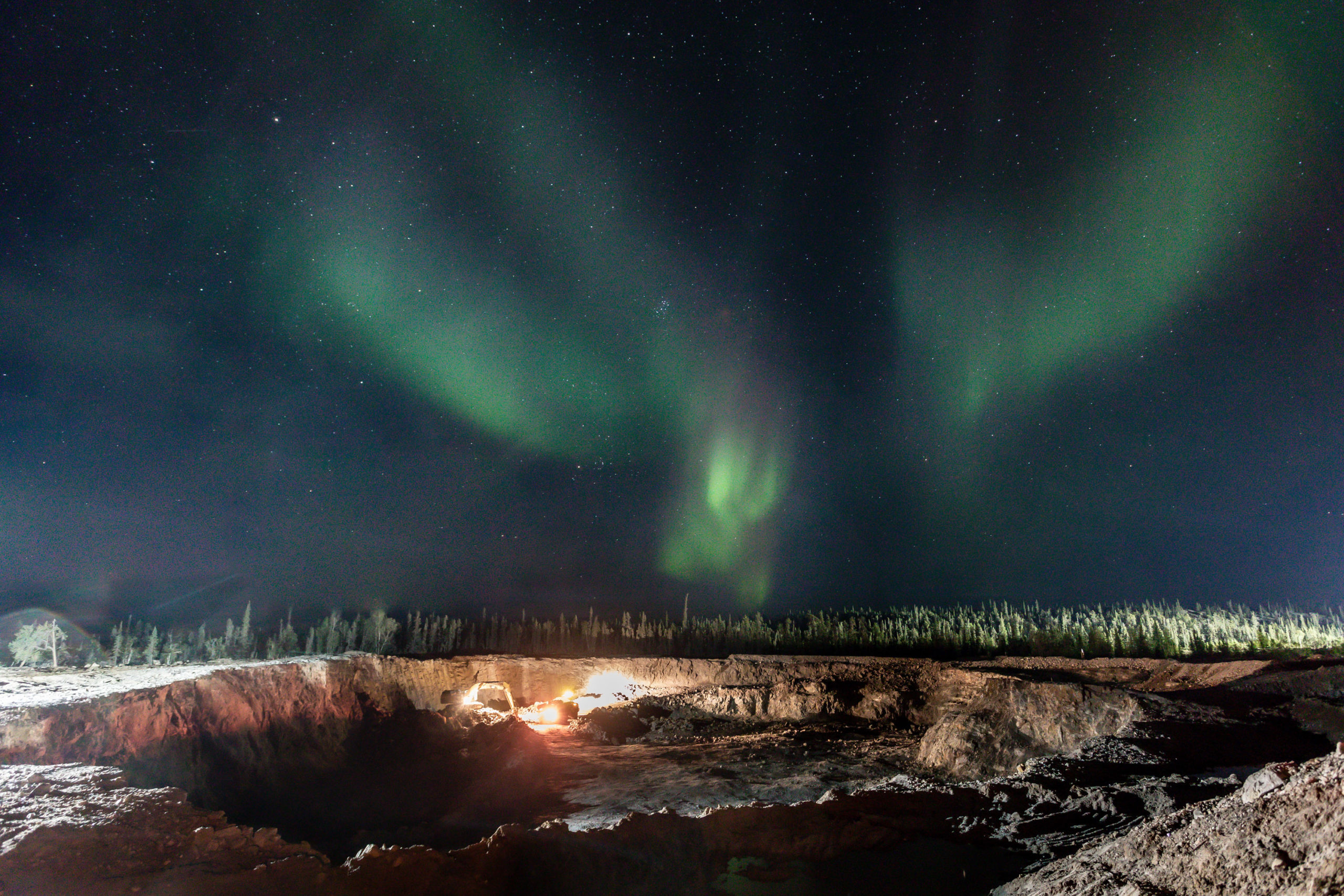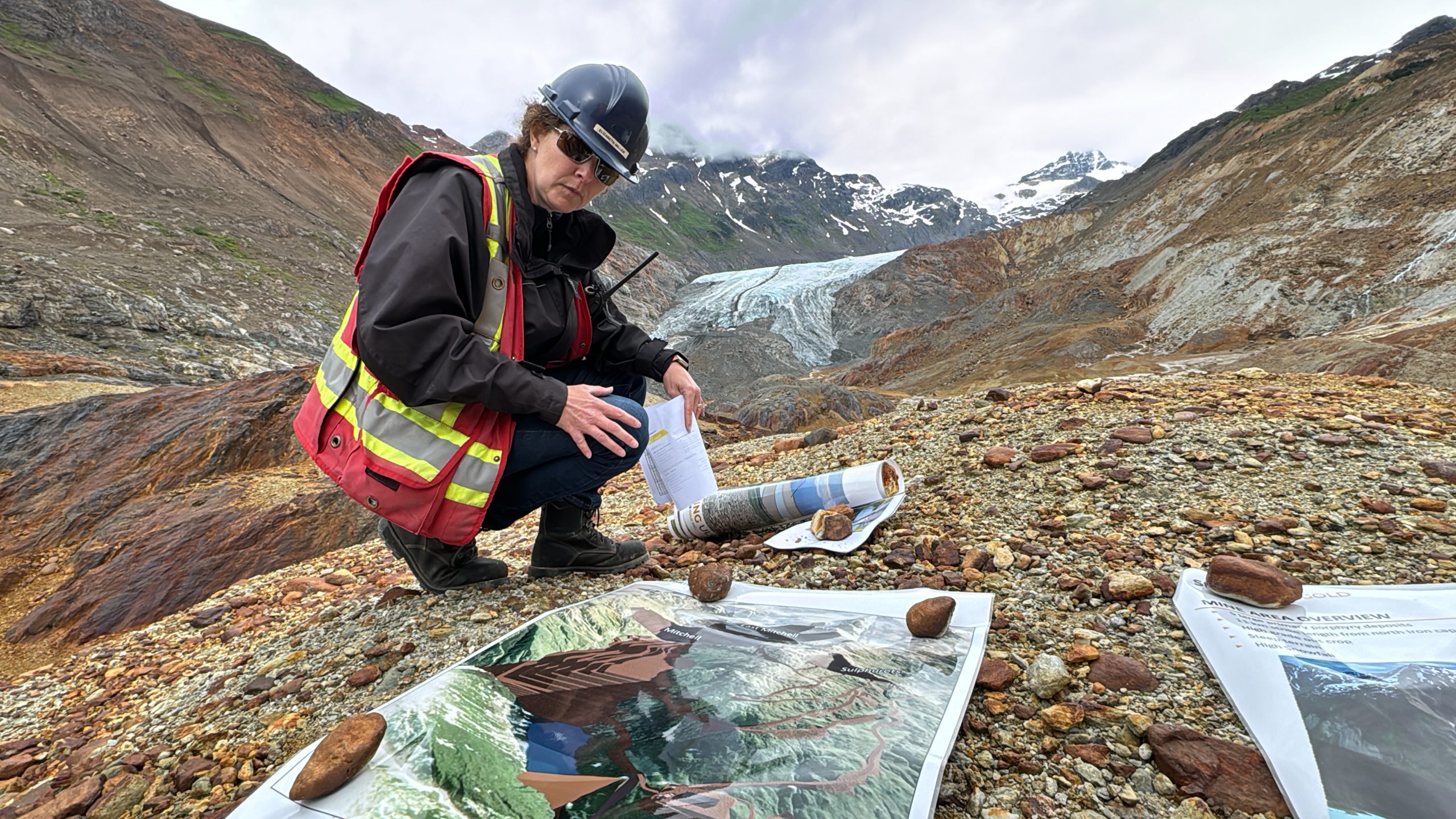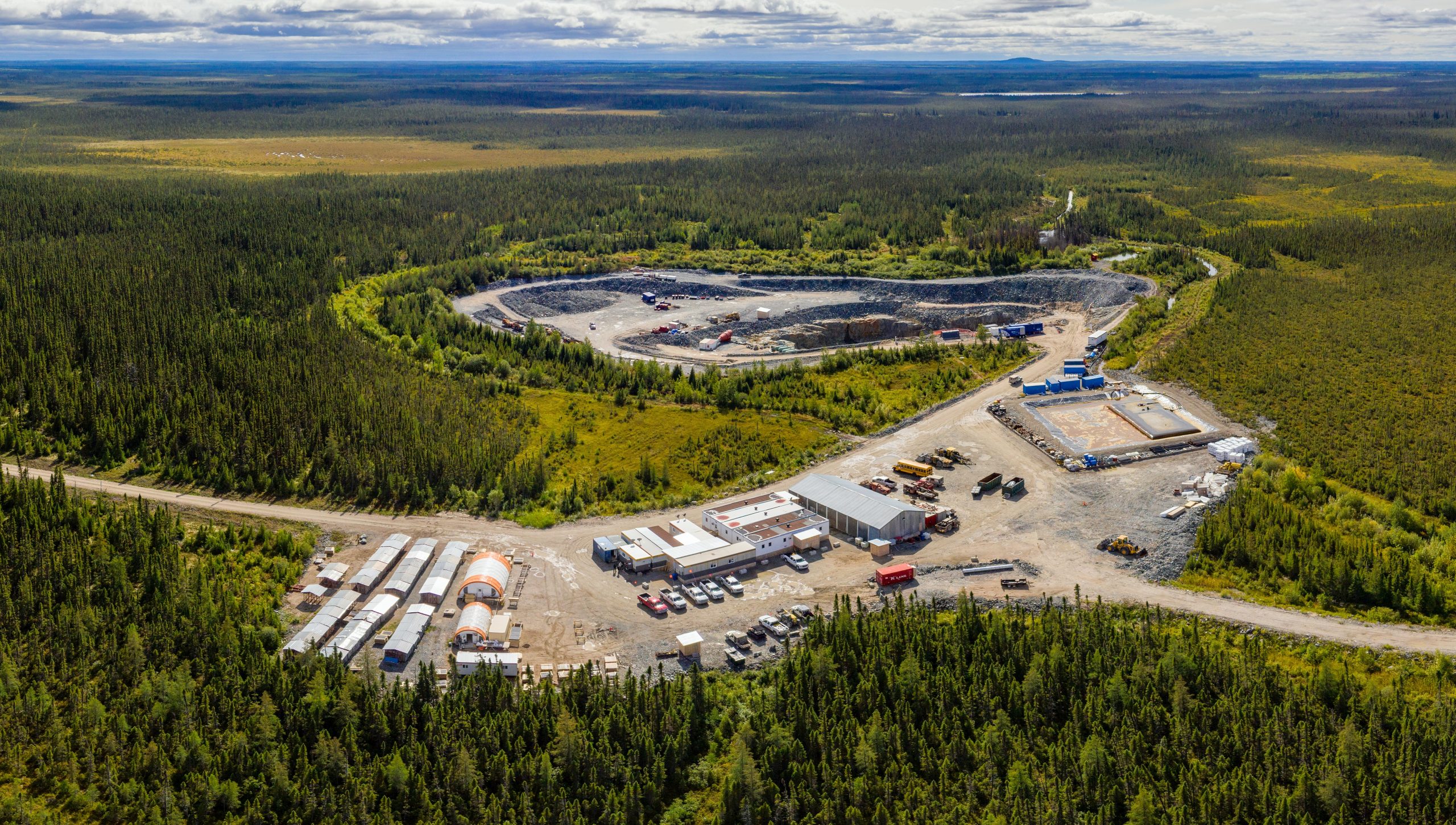The goal behind the new method is to address the issue of graphite’s tendency to break into a few single crystals with disordered grain boundaries, which is a consequence of the weak interaction between graphite layers, where the flatness of a graphene layer is hard to maintain during the growth process.
Because of this, the size of the largest single crystalline graphite domains in graphitic materials is generally less than 1 mm, which is in sharp contrast to the size of many crystals such as quartz single crystals and silicon single crystals, which may reach meter scale. This means that the quality of the graphite is not very high.
The new approach that addresses these issues implies that instead of using a gas-phase carbon source, solid carbon materials are employed to feed the graphite growth. The new strategy creates ~1-inch single crystalline graphite films 35 μm thick, or more than 100,000 graphene layers, within a few days. The single crystalline graphite has the recorded thermal conductivity of ~2,880 Wm-1K-1, negligible impurity contents and smallest layer distances compared with all available graphite samples.
“This success relies on a few critical issues of the experimental design: one, the successful synthesis of large-size single crystalline Ni films serves as an ultra-flat substrate and thus the disorders in the synthesized graphite can be avoided; two, the isothermal growth of 100,000 graphene layers over ~ 100 hours allows for every graphene layer to be synthesized under exact same chemical environment and temperature thus ensuring the uniformity of the graphite quality; three, the continuous carbon feeding through the back side of the Ni foil allows for the contiguous growth of graphene layers in a very large growth rate, ~ one layer per five seconds,” Feng Ding, one of the study’s co-authors, said.




